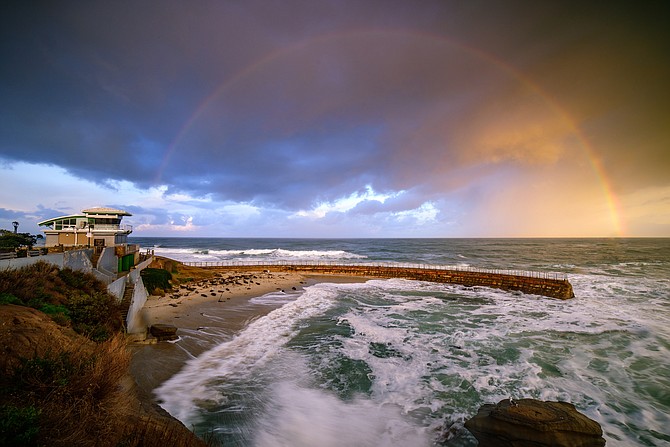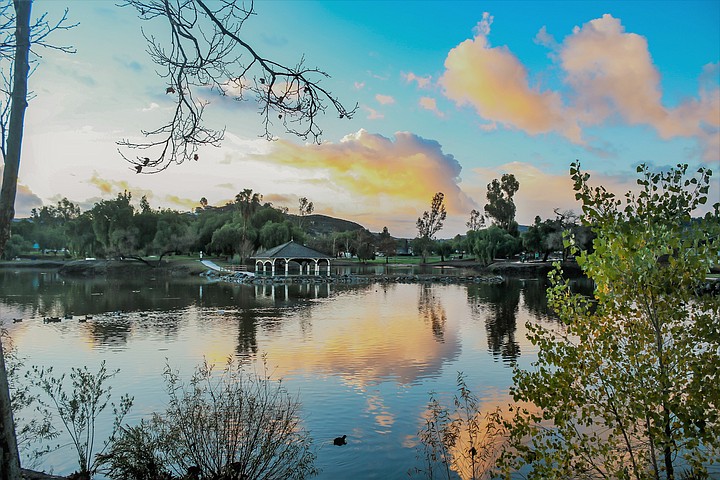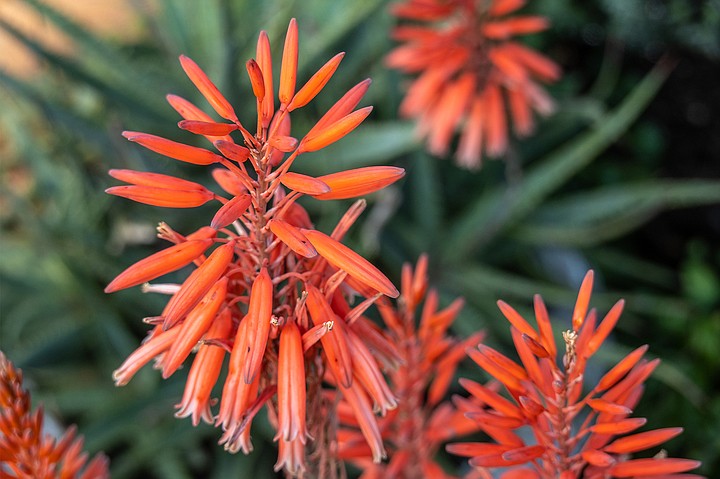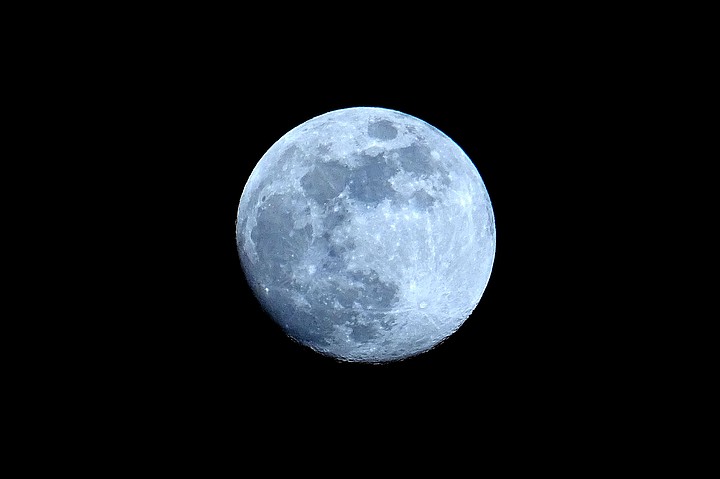 Facebook
Facebook
 X
X
 Instagram
Instagram
 TikTok
TikTok
 Youtube
Youtube

Recent Chilly Days and Nights only confirm that San Diego’s lowest temperatures (according to more than a century of weather records) tend to occur during the month of January. January’s mean temperature at Lindbergh Field is about 55 degrees Fahrenheit. (July’s mean is a balmy 70 degrees.) To experience much colder temperatures, journey to the Cuyamaca Mountains; -1 and -4 degree readings — the lowest in the county — were once recorded there.
Highest Monthly Rainfall totals in San Diego are most likely to occur in January and February (about 1.9 inches each on average) according to weather-service statistics. If low temperatures accompany the typical Pacific storms of this period, there’s a chance of snow in the mountains, including a very slim chance of snowfall as far west as the coast. Only during the months of December and January have traces of snow ever been recorded at San Diego’s National Weather Service station.

The Latest Sunrise of the year (on standard, not daylight time) occurs Sunday, January 8, at 6:50:16 a.m. for most of metropolitan San Diego. Slowly at first, then more rapidly in the weeks to come, sunrise will arrive earlier with each passing day. By March 20, the sun will be rising a full hour earlier than it does now. The earlier sunrises are mostly a consequence of the sun’s apparent movement from the southern sky toward the northern sky from December to June. You can keep track of that movement by noting where the sun rises (or sets) over a period of many weeks from a fixed vantage point, such as your home.

Tree Aloes, the familiar succulent plants with red-hot-pokerlike flower clusters, are at their showy best in January. Large clumps of aloes can be seen at La Jolla Cove, Mission San Diego de Alcalá, and scattered along the embankments overlooking Highway 163 in Balboa Park.

The Full Moon on Friday, January 6 rises impressively from the dusky east horizon at around 5:10 pm, just ten minutes after the sun has set. Some folk names for the January full moon include “chaste moon,” “quiet moon,” “snow moon,” and “wolf moon.” Jupiter Joins Venus in the western sky at dusk on Sunday, January 9. The two lie about 10 degrees apart from one another — a noticeable yet not spectacular pairing.
The above comes from the Outdoors listings in the Reader compiled by Jerry Schad, author of Afoot & Afield in San Diego County. Schad died in 2011.


Recent Chilly Days and Nights only confirm that San Diego’s lowest temperatures (according to more than a century of weather records) tend to occur during the month of January. January’s mean temperature at Lindbergh Field is about 55 degrees Fahrenheit. (July’s mean is a balmy 70 degrees.) To experience much colder temperatures, journey to the Cuyamaca Mountains; -1 and -4 degree readings — the lowest in the county — were once recorded there.
Highest Monthly Rainfall totals in San Diego are most likely to occur in January and February (about 1.9 inches each on average) according to weather-service statistics. If low temperatures accompany the typical Pacific storms of this period, there’s a chance of snow in the mountains, including a very slim chance of snowfall as far west as the coast. Only during the months of December and January have traces of snow ever been recorded at San Diego’s National Weather Service station.

The Latest Sunrise of the year (on standard, not daylight time) occurs Sunday, January 8, at 6:50:16 a.m. for most of metropolitan San Diego. Slowly at first, then more rapidly in the weeks to come, sunrise will arrive earlier with each passing day. By March 20, the sun will be rising a full hour earlier than it does now. The earlier sunrises are mostly a consequence of the sun’s apparent movement from the southern sky toward the northern sky from December to June. You can keep track of that movement by noting where the sun rises (or sets) over a period of many weeks from a fixed vantage point, such as your home.

Tree Aloes, the familiar succulent plants with red-hot-pokerlike flower clusters, are at their showy best in January. Large clumps of aloes can be seen at La Jolla Cove, Mission San Diego de Alcalá, and scattered along the embankments overlooking Highway 163 in Balboa Park.

The Full Moon on Friday, January 6 rises impressively from the dusky east horizon at around 5:10 pm, just ten minutes after the sun has set. Some folk names for the January full moon include “chaste moon,” “quiet moon,” “snow moon,” and “wolf moon.” Jupiter Joins Venus in the western sky at dusk on Sunday, January 9. The two lie about 10 degrees apart from one another — a noticeable yet not spectacular pairing.
The above comes from the Outdoors listings in the Reader compiled by Jerry Schad, author of Afoot & Afield in San Diego County. Schad died in 2011.
Comments